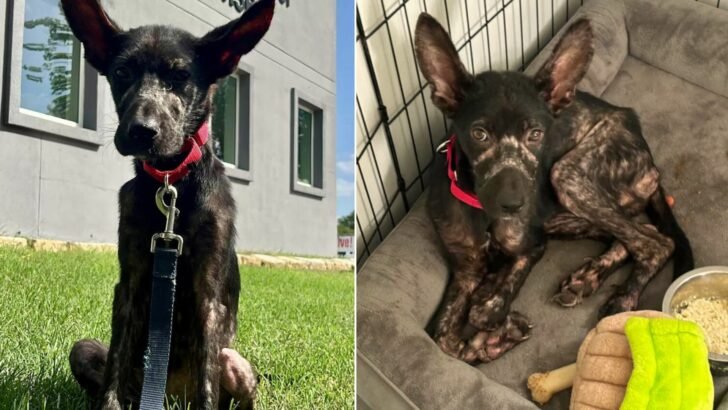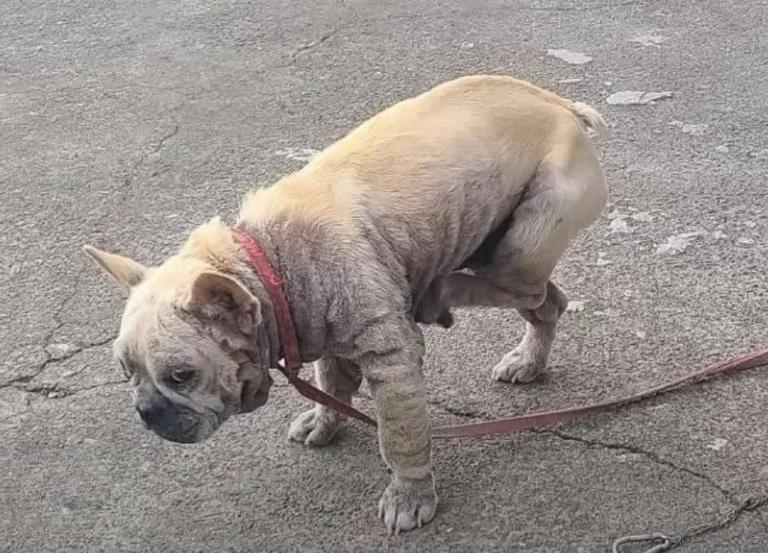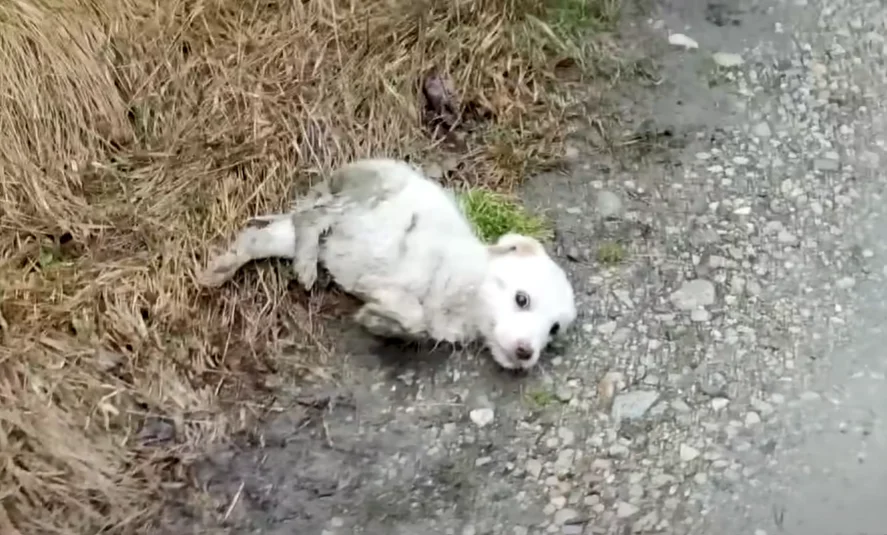As the weather cools, grocery stores run out of canned pumpkin, and Halloween decorations start appearing, it’s clear that spooky season is upon us!
While you’re busy planning your Halloween festivities—whether hosting a party, taking your kids trick-or-treating, or decking out your home with decorations—it’s crucial to consider how the holiday might impact your pets. The combination of frequent doorbell rings, scattered candy, and increased activity can be stressful and potentially hazardous for dogs and cats.
To ensure your pets stay safe and comfortable during this time, follow these eight essential tips:
1 . Keep Candy Out of Reach
Candy, especially chocolate, is toxic to dogs. During Halloween, it’s crucial to ensure that pets don’t access any candy. Keep candy bowls on high surfaces and supervise to prevent spills. Educate your kids about not leaving candy or wrappers where pets can get them. If your dog is likely to be around candy, keep them in a separate room and clean up any dropped candy promptly. Instead of candy, give your dog a special treat or toy.

2 . Be Cautious with Decorations
Halloween decorations can be tempting for pets, especially if they resemble toys or food. Jack-o’-lanterns and gourds could be ingested, causing digestive issues. For cats, avoid using stringy decorations like tinsel that could lead to intestinal blockages if swallowed. Opt for pet-safe decor and secure decorations out of their reach.
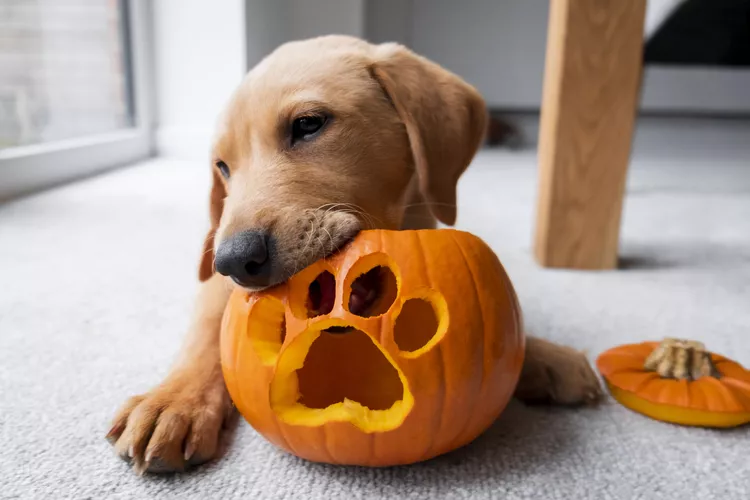
3 . Have a Plan for Accidental Ingestion
Despite precautions, pets might ingest something harmful. If your pet consumes toxic items like chocolate or candy, contact a veterinarian or a pet poison hotline immediately. Be ready to provide details about what was ingested. Look out for signs of poisoning such as vomiting, diarrhea, or lethargy. Quick action can make a significant difference.

4 . Choose Pet Costumes Carefully
If dressing your pet in a costume, ensure it fits well and doesn’t cause discomfort. The costume should allow your pet to eat, drink, and relieve themselves comfortably. If your pet seems uncomfortable or stressed, opt for less intrusive accessories like a festive collar or bandana.
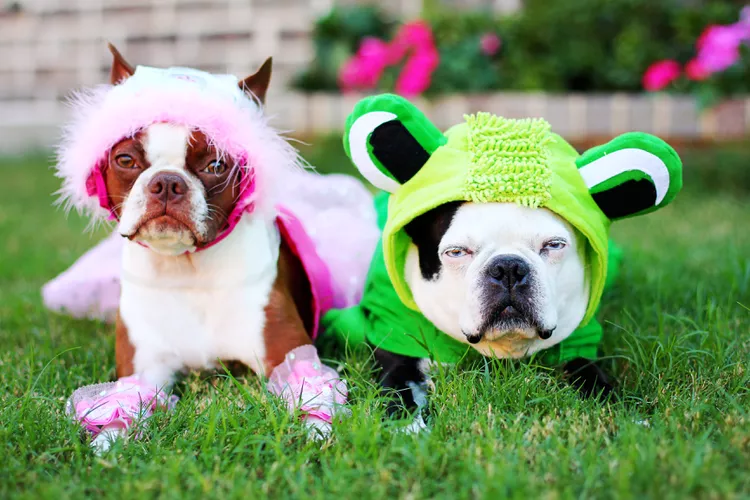
5 . Supervise Pets in Costumes
Never leave your pet unattended in a costume. This can prevent potential issues like chewing on the costume, overheating, or getting entangled. Remove the costume when you’re not around to supervise.

6 . Protect Your Pet from Overstimulation
Halloween festivities can be overwhelming due to loud noises, flashing lights, and unfamiliar costumes. If your pet shows signs of stress or fear, provide a quiet, secure space for them to retreat. Keeping pets indoors can also protect them from potential mischief or harm during the holiday.
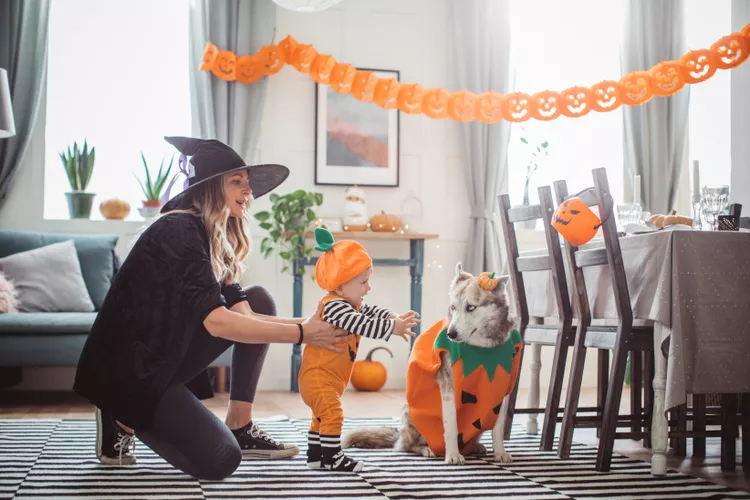
7 . Assess Trick-or-Treating for Your Pet
Bringing your dog along for trick-or-treating may not always be ideal. Consider your dog’s temperament—some may enjoy the social interaction, while others may find it stressful. For anxious dogs, it might be better to keep them home and provide a safe, calm environment.
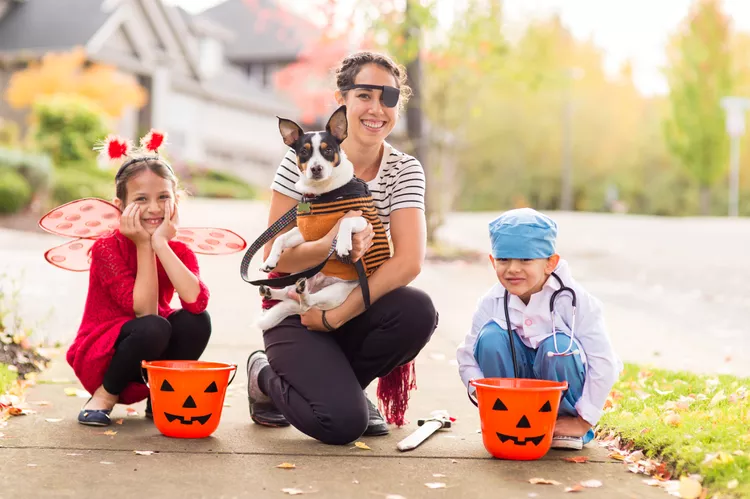
8 . Know Your Pet’s Limits
If your pet is highly sensitive to Halloween activities, consider modifying how you handle trick-or-treating. For instance, you could hand out candy from a distance or leave a bowl outside. If necessary, consult your vet about anti-anxiety options to help your pet feel secure.

By keeping these tips in mind, you can ensure a safe and enjoyable Halloween for both your pets and yourself. Happy Halloween!



